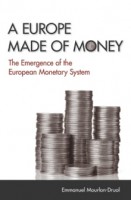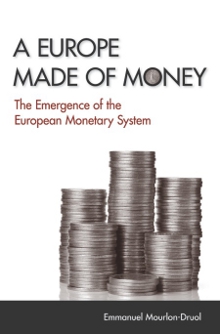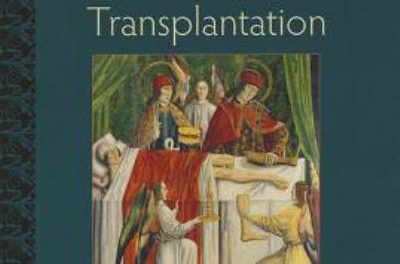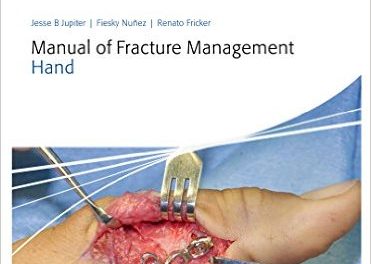 Author: Emmanuel Mourlon-Druol. Editors: Eric Helleiner & Jonathan Kirshner – Cornell Studies in Money
Author: Emmanuel Mourlon-Druol. Editors: Eric Helleiner & Jonathan Kirshner – Cornell Studies in Money
Publisher: Cornell University Press
Book Review by: Sonu Chandiram
A Europe made of money? You’re kidding, I said to myself. What a title for a book! With so many European nations deep in debt, with belt-tightening such as austerity measures in place for government employees, and some of the nations on “life support” what they need is more earned money, and not just printed-up new money that stokes inflation.
So, I suppose that the book’s promoters probably just thought it is a catchy title that will get more people interested in this book. Of course when you read the sub-title of the book, you learn what the book is probably really about – a history of the Euro.
So we took a look and discovered for ourselves and for you the reader, its contents. This book is essentially about the European Monetary System, or EMS for short. Specifically the book provides a history of that system beginning in 1945 when European monetary cooperation began.
That history is laid out in the eight chapters in this work and here for you is an overview of the events that led to the current situation of a shared currency, the Euro:
- European Monetary Cooperation, 1945-1974: Background and Debates
- Shifting Away from the Werner Approach, May 1974 – May 1975
- European Monetary Union off the Agenda? June 1975 – June 1976
- Economic Rapprochement, Monetary Standstill, July 1976 – July 1977
- Conflicting Opinions, July 1977 – March 1978
- A Semisecret Negotiation, Late March – Mid-July 1978
- Chasing the Ghosts of Failed Negotiations, Mid-July – Late September 1978
- A False Start, October 1978 – March 1979
As you will note above, a lot of the intense discussions among European nations on monetary cooperation occurred in the five-year period from May 1974 to March 1979. A common currency had been a goal of most of the European nations since the 1960s. But even after the five years of negotiation as noted above, the Euro officially became the common currency only about two decades later on January 1, 1999.
The people of Denmark and the United Kingdom continue using their own currencies, but there is a fixed Danish-Euro exchange rate. As of 2007 there were 27 members of the European Union. Over the years, according to Wikipedia, various polls have shown that the percentage of UK government and its people opposed to having the Euro replace the British sterling pound has grown from 57 percent in 2005 to 85 percent in 2011.
This book on the history of the formation of the European Monetary System (EMS) in 1979 is based on extensive research of archives. With close cooperation and learning about one another’s economic and monetary systems through regular meetings of the European Council (EC) the European nations built a strong foundation for the 1993 Maastricht Treaty, which created the European Union that led later to a single currency, the Euro.
This book is an important contribution to the history of European integration in general and of the European Monetary System in particular. It is also a significant piece in putting the puzzle together in understanding the historical background and the final adoption of the Euro as a common currency of the European region.
We congratulate Emmanuel Mourlon-Druol for his unique contribution to modern European history and commend him for his hard work in researching and analyzing the materials, and writing this outstanding book.
Emmanuel Mourlon-Druol is a research associate in the department of economic and social history at the University of Glasgow, and an associate in the Transatlantic program of the IDEAS Center at the London School of Economics.







